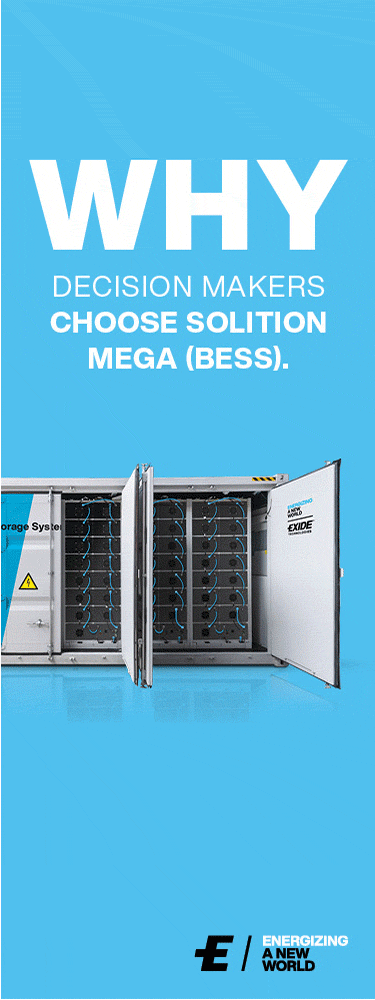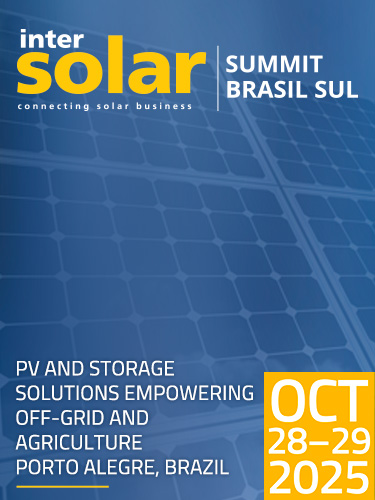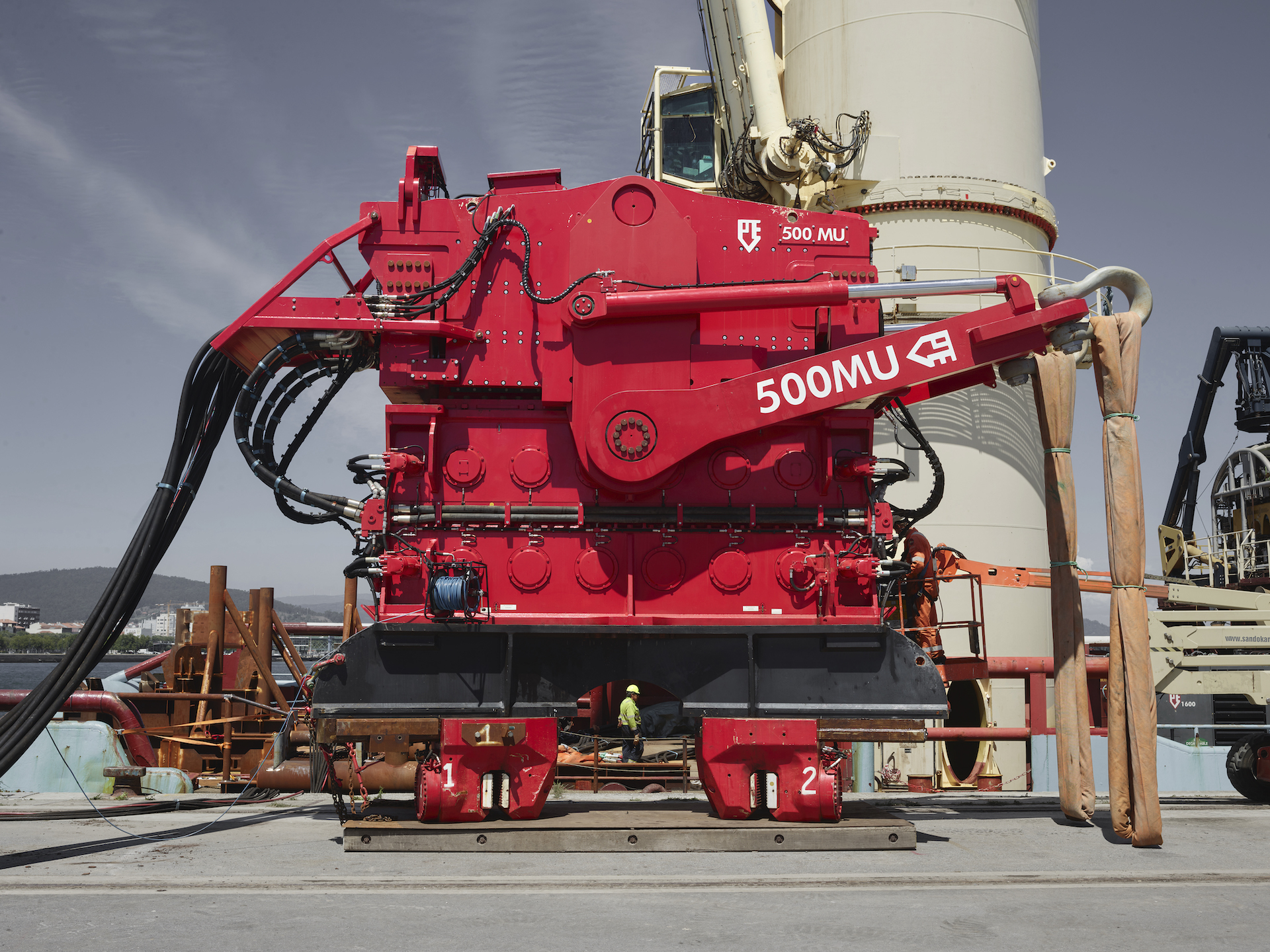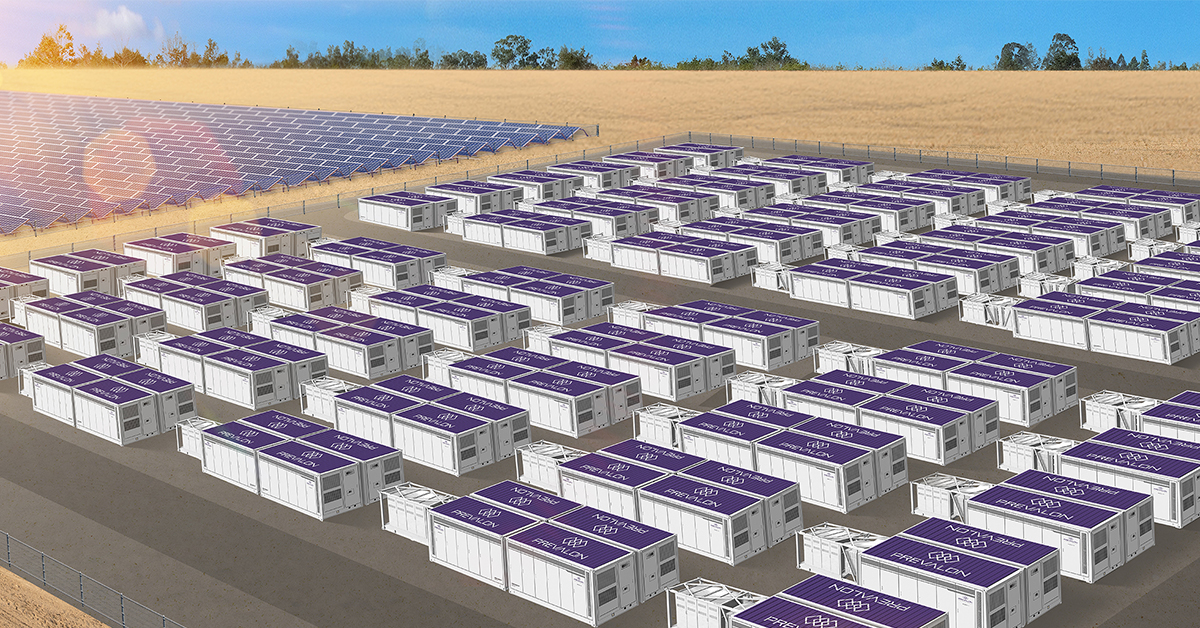News
From Blackouts to Balance: Recalibrating the Global Energy System
Published in: Solar, Press Releases
.jpg)
In 2025 alone, countries as far apart as Cuba, Sri Lanka, Spain and Portugal have faced major power outages. The causes and consequences vary — including the likes of extreme weather, ageing infrastructure, system failures— but the message is the same: our global energy systems are under strain, and their weaknesses are not theoretical.
These blackouts don’t just flick off the lights. They paralyze cities, halt transport, sever communications, and put lives directly at risk when hospitals and emergency services lose power.
The economic toll is profound. In Iberia, the April blackout is estimated to have cost up to €4.5 billion. In the UK, incidents like the Heathrow airport outage have pushed energy resilience to the top of the boardroom agenda — with 27% of firms now citing it as the main driver for energy transition investments, according to Verdantix.
Rethinking resilience
We’re entering the era of Electricity 4.0, where electrification and digitalization converge at scale to deliver cleaner, more efficient energy. But our energy systems are still built on outdated, centralized models that are not set up to cope with today’s demands.
Climate shocks, geopolitical instability, and volatile markets are exposing the fragility of legacy infrastructure. After the Russia/Ukraine conflict began, average residential electricity prices jumped by nearly 30% in Europe with a knock-on effect around the world. In addition, many grids increasingly struggle to balance supply and demand in real time.
Businesses are feeling the heat from this energy instability. Verdantix found that 56% of global leaders now rank energy price volatility as a top concern, and are investing accordingly.
Resilience today means more than backup generators. In an increasingly unpredictable world, we need intelligent, flexible, digital systems—networks that sense conditions in real time, analyze incoming data, and automatically adjust operations to avoid outages. This means grids that automatically balance supply and demand, microgrids that island themselves during outages, and storage systems that dispatch power exactly when and where it’s needed.
Making grids work smarter — not harder
Smart grids are the backbone of modern energy resilience. They use advanced monitoring, communication, and control technologies to detect issues early, reroute electricity where it's needed, and recover faster from disruptions.
In Serbia, Schneider Electric helped modernize the national grid with a €140 million upgrade. Using connected products, advanced software, and automation, we helped digitalize the country’s medium-voltage grid to improve efficiency, support greater integration of renewable sources like solar and wind, and better balance supply and demand. Enhanced data management now helps optimize and decarbonize energy use on the demand side, supporting Serbia’s broader green energy transition.
AI is key to this shift. It is able to predict failures before they happen, orchestrate energy flows across decentralized networks, and dynamically balance demand with renewable supply. It’s not just smarter. It’s faster, cleaner, and more resilient.
Why flexibility matters
Resilience isn't only about generating more power, but using it better. Demand-side flexibility allows consumers to shift energy use in response to real-time conditions such as sudden spikes in demand from the use of air conditioning during hot weather, dups in renewable generation due to weather changes, or fluctuations in electricity prices. With AI-enabled technologies – such as EcoStruxure Building Operation Software, smart appliances, and microgrids - consumption can automatically be optimized. For example, a building’s HVAC system could pre-cool spaces in the morning when solar energy is plentiful, then reduce usage during the afternoon peak, all without human intervention. This approach cuts emissions, stabilizes the grid, and lowers costs for everyone: businesses avoid peak charges by adjusting HVAC or production schedules, households can charge electric vehicles when prices are low, and utilities can coordinate distributed energy resources to keep the grid balanced.
A great example is SA Power Networks, one of Schneider’s partners in South Australia. By leveraging EcoStruxure ADMS, SA Power Networks can now monitor and manage its vast electricity network in real time. With one million data points registered, the system helps protect over one million households, ensuring reliable power even during extreme weather events.
Resilience looks different everywhere
But there’s no one-size-fits-all solution. Energy resilience must reflect local realities, from climate risks to economic goals.
For example: in Europe, energy sovereignty is driving massive investment in grid modernization and clean tech. In hurricane-prone U.S. states or Australia’s bushfire regions, microgrids offer lifelines where traditional infrastructure falls short.
The technology exists. The challenge now is scaling the right solutions in the right places. And quickly.
A smarter path forward
The future is electric and digital — we need to be ready for it. True resilience isn’t about building more capacity. It’s about better using what we have, and strengthening systems to withstand greater stress and adapt to unexpected challenges. Smart technologies and collaboration are key to raising the threshold at which things break, or avoiding them breaking in the first place, ensuring our energy infrastructure can handle whatever comes next.
To achieve this digital and electric energy future, it’s vital that governments, businesses, and individuals work together to meet local needs and be resilient enough to better cope with any global shocks that arise in the future.










